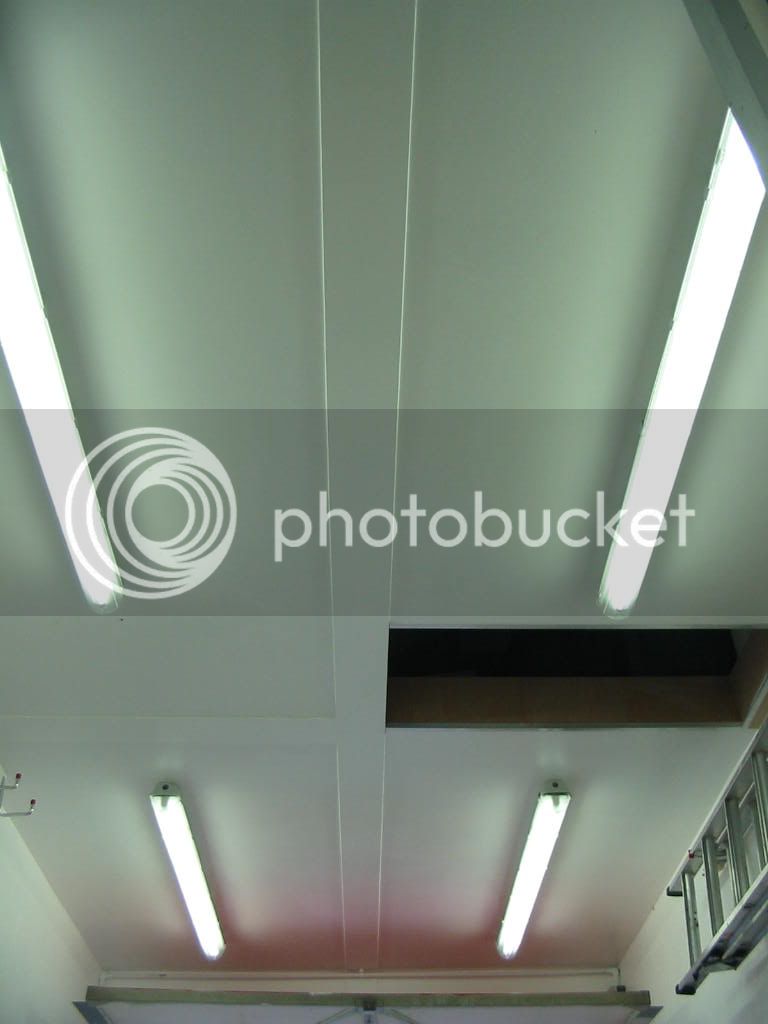Tom,
I originally had a single flourescent in a 17 x 8 it was useless even before I wanted it as a shop.
I got 4 5' singles secondand hand, they have standard tubes, not sure of the rating, but they made a huge difference, I would like to try the "Daylight" ones though.
I think most would agree, that by painting your surfaces white, or at least brighter, it really throws off more.
At one stage I only had 2 lamps working and that was good enough, once I got all 4 on Fantastic, so I guess you could try the cheaper, but more labour intensive art of paint throwing :lol:
Those doubles look very good value, I couldn't get anywhere near that.
Going back to Halogens, you could swap them for LED, they are expensive, but apparently draw less and last longer ? not sure but Screwfix do them, or try that site for the lamps.
Edit.......
http://www.qvsdirect.com/GU10-240v-1.8W ... 20430.html
Cheers
Jed



































